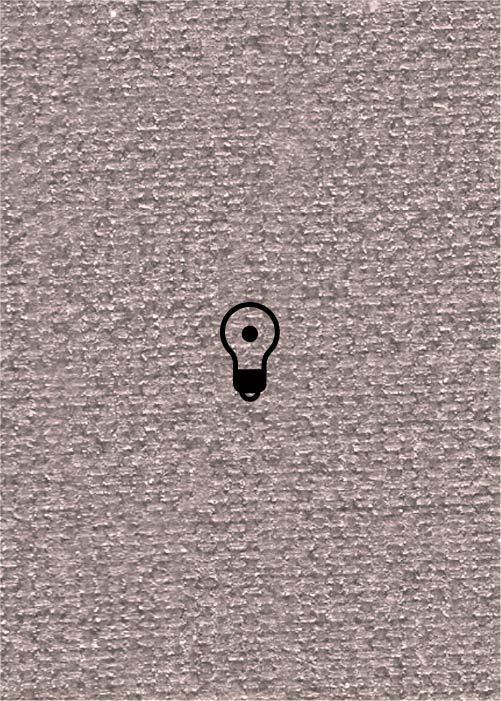(42 results found)

Betlers-tants (LKT)
… lasted seven days, guests and neighbors took part in the dancing and even beggars of the town had the right to dance … that honor, they were given the floor or market-place for dancing, and could dance with the bride.” Lapson 1943, p. … After the meal, the bride and groom danced with the poor folk, and distributed coins among them.” [late nineteenth …

Shemele (LKT)
… outside of sources found in [Eastern European Jewish] folk song, we have nothing about this style, no definitive … ‘Women, clap! Take pleasure that both mothers-in-law are dancing a shemele ’ If a man such as Eliokum Tzunser sang a … clap, you’ve got your pleasure! Both mothers-in-law are dancing a shemele .” [Vilna, Lithuania, c. 1871]. Zunser …

Semele (LKT)
… were danced in the late nineteenth century. For example, a folk song (Ginzburg-Marek 1901: no. 254) mentions a dance … a tree/ took it back, Play a semene for an aunt. In another folk song the dance is called semele instead of semene … clap! You’ve gotten satisfaction: Both mothers-in-law dancing a šemele . This song has great value for us. First, …

Mitsve-tants (LKT)
… to accompany the mitsve [ritual commandment/good deed] of dancing with or for the bride. Among Jews from the Bukovina … pre-World War II]. Cahan 1957, pp. 264-65 (#286) . “Dancing in honor of the bride took on a variety of forms and … . And this was among a series of dances -- Hassidic, folk-like, led by experts, among them Reb Baruch-Moshe …

Mekhutenim-tants
… outside of sources found in [Eastern European Jewish] folk song, we have nothing about this style, no definitive … ‘Women, clap! Take pleasure that both mothers-in-law are dancing a shemele. ’ If a man such as Eliokum Tzunser sang a …

Beroyges-tants
… that among our large masses, for a long time now the folkdance has been accompanied by singing; and not only to … this dance is from the middle century and, therefore, mixed dancing was banned, most often it was performed by two … outside of sources found in [Eastern European Jewish] folk song, we have nothing about this style, no definitive …

Tants nign (LKT)
… . (Musical notation included). “A tune used mostly for dancing. It seems that the Hebrew term is actually a … references included). “The dance-song is a collective folk-expression which derived from the need to sing for the …

Zhok (LKT)
… Jewish youths would assemble on Saturday afternoons for dancing under the supervision of a woman. The dancing would be held, when possible, in the open air in the … This popular Saturday afternoon dance movement produced new folk songs and dances.” EncyJud 1971, p. 1267 . “The …

Hora (LKT)
… Jewish youths would assemble on Saturday afternoons for dancing under the supervision of a woman. The dancing would … This popular Saturday afternoon dance movement produced new folk songs and dances.” EncyJud 1971, p. 1267 . “The … .” Feldman 1994, pp. 7-8 . “Hora. Popular Israeli folk dance originating in the Balkans and taking root in the …

Freylekhs (LKT)
… to accompany the mitsve [ritual commandment/good deed] of dancing with or for the bride. Among Jews from the Bukovina … This could not have been adopted from the Ukrainian folk music, since there were far fewer professionally trained Ukrainian folk musicians than Jewish ones.” Beregovski 1937 [= …


